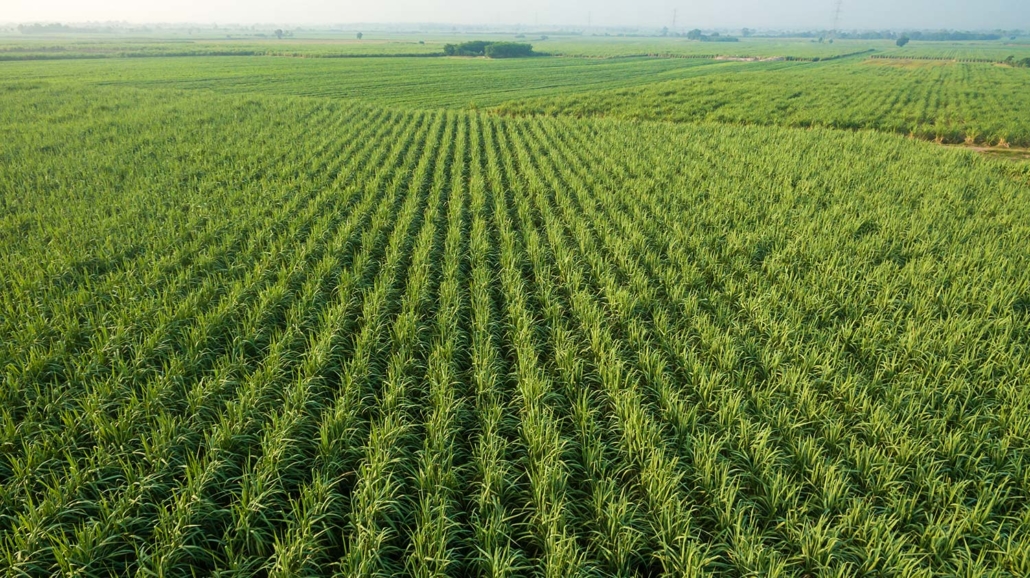
Trump’s Call Puts Sugarcane in the Spotlight
President Donald Trump recently urged Coca‑Cola to switch its flagship soda to sugarcane in the U.S., replacing high-fructose corn syrup. Coca‑Cola confirmed plans to launch a sugarcane-sweetened version this fall. While the move is still unfolding, the announcement has sparked renewed attention on sugarcane demand from beverage makers.
Louisiana Farmers Monitor the Market
Louisiana producers are cautiously optimistic—but not rushing. Patrick Frischhertz, who oversees a family-operated farm in Plaquemine, says farmers are focused on growing the best crop yet, while watching for an emergence in demand.
“We haven’t heard from any distributors to increase sugar by any means,” Frischhertz notes, adding that the situation is still “business as usual.”
Florida Still Leads, with Louisiana Close Behind
In the U.S., Florida remains the top sugarcane producer at over 17 million tons annually. Louisiana ranks second with approximately 13.8 million tons. If sugarcane demand climbs, local farmers could benefit significantly. Farmers have yet to hear if they will need to increase the demand for their crops; however, some farmers are saying they are ready if demand does increase.
State-Level Optimism and Potential
Louisiana Agriculture Commissioner Mike Strain reports that sugar prices have already jumped 7% since the announcement. He sees room to expand production across central regions, especially near Baton Rouge and Alexandria, where alluvial soils are well-suited for sugarcane.
What’s Next for Farmers and Buyers
The increase in sugarcane demand could reduce exports while boosting domestic use. To meet that demand, federal sugar quotas may need revising. Farmers plan to align planting decisions with actual market signals—ready to pivot if Coca‑Cola follows through.
Key Takeaways
- Trump’s push has sparked fresh interest in sugarcane-sweetened Coke and broader sugarcane use.
- Louisiana remains a key producer poised to benefit if demand grows.
- Farmers are waiting, planting on conditions, and watching pricing trends.
- Growing domestic demand could reshape supply chains and quota policies.



